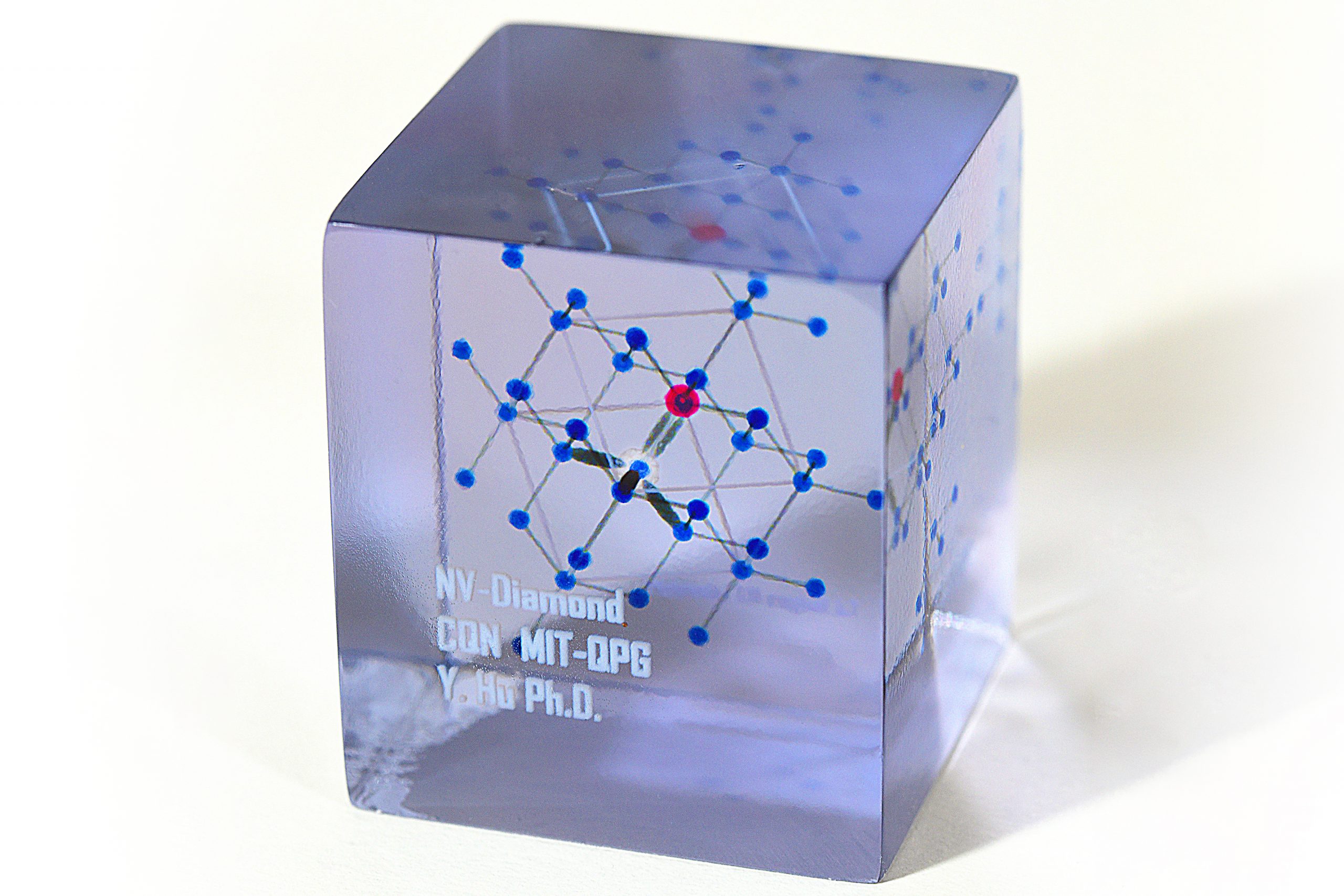
Yong Hu, Steven Nagle, Yuqin Duan, Hanfeng Wang and Dirk Englund
https://doi-org.ezproxy.canberra.edu.au/10.1021/acs.jchemed.4c00343
Abstract:
The development of quantum technologies, including quantum computers and networks, requires entanglement distribution across individually controllable qubits. Color centers in diamond and silicon are leading solid-state qubits, so-called “artificial atoms”. Artificial atoms have been demonstrated for on-demand remote entanglement, coherent control of ancillary qubits with minute-long coherence times, and memory-enhanced quantum communication. There is an open need for clear and intuitive visualization of artificial atoms for research and education alike. Here we introduce a new visualization tool based on polyjet 3D printing technology to create detailed multimaterial multicolored 3D models of atomic defects, specifically focusing on color centers in diamond and silicon. These models accurately represent the defect structures in a hand-held form (less than 2 in.). We leverage the printer’s capability to deliver realistic patient-specific models with multiple materials on the same production run. This approach enhances quantum technology education by offering interactive tools and early introduction of quantum concepts in K‑12, fostering a quantum-literate future generation.
